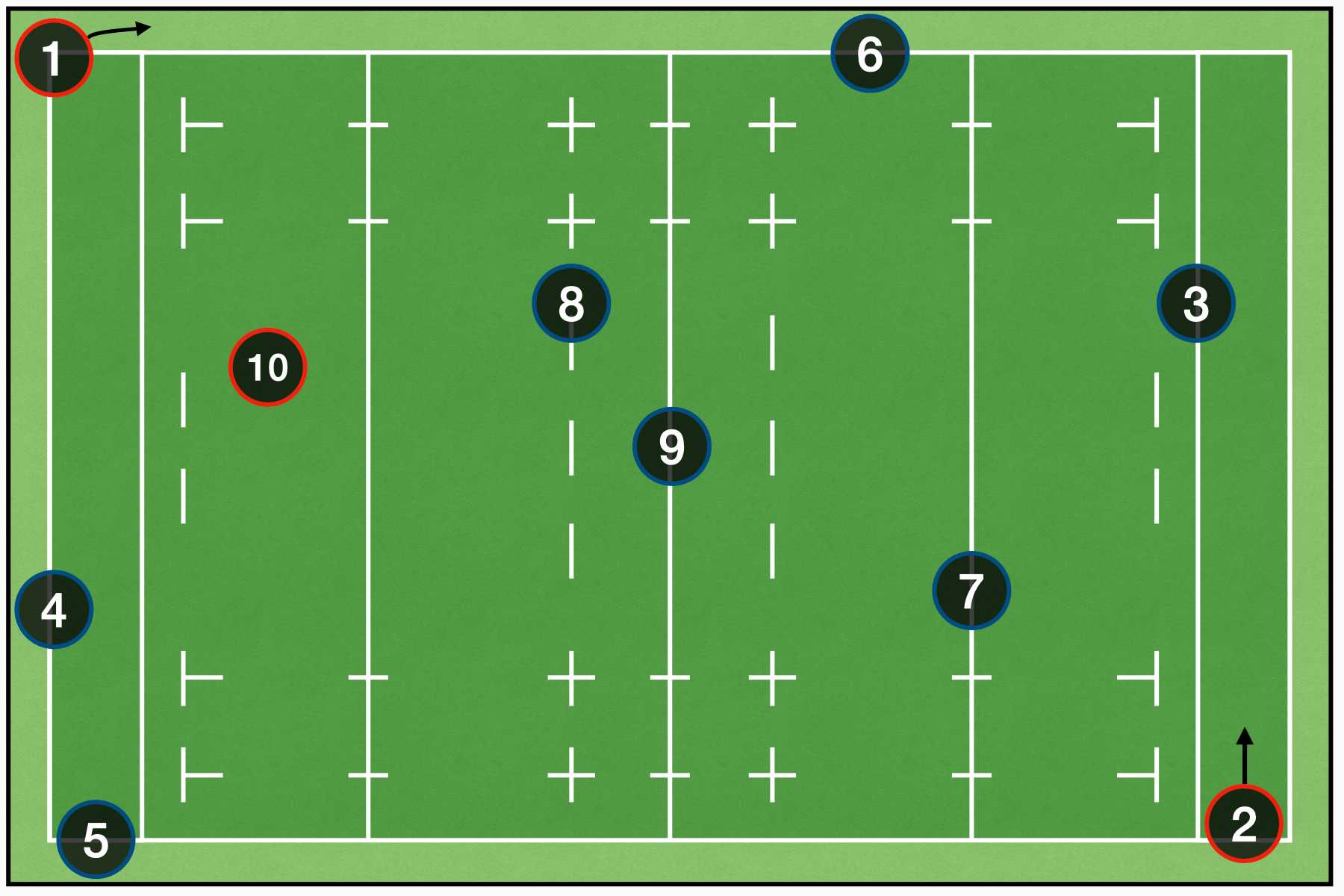
On the Field: Rugby Union Trivia Quiz
Having refereed rugby union in Wales for a decade, the rugby field came to feel very much like a place of work! Step into my office and identify some key components of the playing enclosure. Good luck.
A label quiz
by jonnowales.
Estimated time: 3 mins.
- Home
- »
- Quizzes
- »
- Sports Trivia
- »
- Rugby Union
